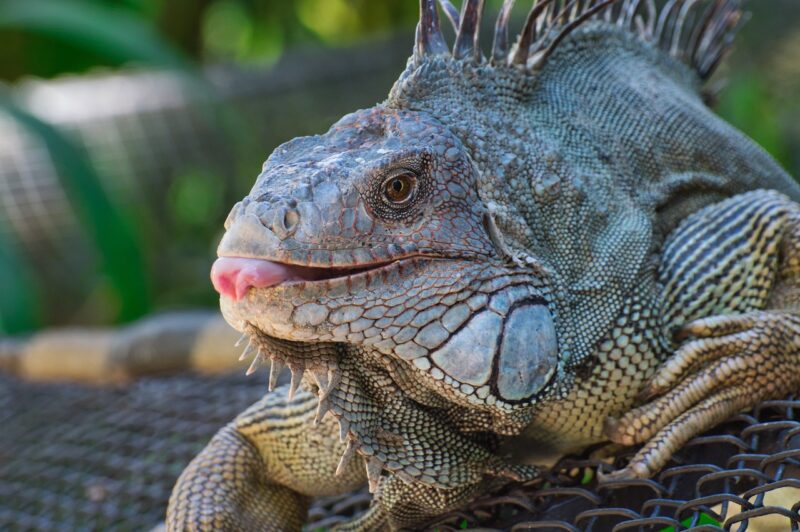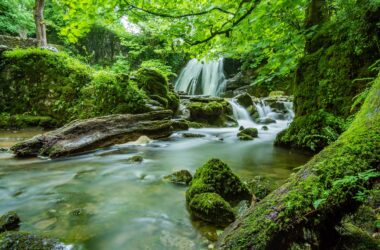Protecting Wildlife in Corcovado National Park: Wildlife monitoring and protection are critical components of conservation efforts in Costa Rica. The country is known for its rich biodiversity and is home to numerous endangered species, including jaguars, macaws, and sea turtles. To ensure the survival of these species, wildlife monitoring and protection programs are implemented throughout the country. This article will discuss the importance of wildlife monitoring and protection, the methods used, and the success of these programs in Costa Rica.
Why is Wildlife Monitoring and Protection Important? Wildlife monitoring and protection are important for several reasons. Firstly, monitoring wildlife populations allows conservationists to identify the species that are at risk and develop strategies to protect them. It also helps to track changes in population sizes over time, which can provide insight into the effectiveness of conservation efforts. Secondly, protecting wildlife is essential for maintaining healthy ecosystems. Many species play important roles in their respective ecosystems, and their absence can cause imbalances that have far-reaching effects. Finally, protecting wildlife is crucial for preserving biodiversity. The loss of biodiversity can have significant negative impacts on human societies, including economic, ecological, and cultural losses.
Protecting Wildlife in Corcovado National Park
Methods Used in Wildlife Monitoring and Protection: There are several methods used in wildlife monitoring and protection, including:
- Camera Traps: Camera traps are used to capture images of animals without disturbing them. These devices are often used to monitor species that are difficult to spot, such as jaguars and other big cats.
- Radio Tracking: Radio tracking involves attaching a small radio transmitter to an animal and tracking its movements using a receiver. This method is useful for studying the behavior of animals in their natural habitats.
- Nest Monitoring: Nest monitoring is used to study the nesting behavior of birds, sea turtles, and other species. It involves tracking the number of nests and eggs laid, and monitoring the hatching success of eggs.
- Citizen Science: Citizen science programs involve engaging local communities in wildlife monitoring and protection efforts. These programs can include training community members to monitor wildlife populations, reporting sightings of rare species, and participating in conservation efforts.
Success of Wildlife Monitoring and Protection Programs in Costa Rica: Costa Rica has been successful in implementing wildlife monitoring and protection programs. One of the most significant successes has been the protection of sea turtle nesting sites. Costa Rica is home to several species of sea turtles, including the Olive Ridley, Leatherback, and Green sea turtles. Many of these species are endangered due to hunting, poaching, and habitat destruction. However, through the implementation of protection programs and the enforcement of laws, the number of sea turtle nests has increased significantly in recent years.
Another success story is the recovery of the Scarlet Macaw population. Scarlet Macaws are a highly endangered species in Central America, and their populations have been declining due to habitat destruction and hunting. However, through the efforts of conservation organizations and the Costa Rican government, the Scarlet Macaw population has been increasing in recent years. The use of artificial nest boxes and the protection of nesting sites have contributed to this success.
Challenges to Wildlife Monitoring and Protection in Costa Rica: Despite the success of wildlife monitoring and protection programs, there are still challenges to overcome. One of the biggest challenges is illegal hunting and poaching. Many species, including big cats, are hunted for their fur and other body parts, which are highly valued in illegal markets. The destruction of habitats, such as rainforests, also poses a significant threat to wildlife populations. Climate change is another challenge that is affecting wildlife populations, as it alters the habitats and food sources of many species.
Similar Article
- Sustainability in Corcovado National Park: A Model for Ecotourism
- Corcovado National Park: A Natural Wonder in Costa Rica
- Exploring Ecotourism in Costa Rica: A Sustainable Paradise
Conclusion:
In conclusion, wildlife monitoring and protection are critical components of preserving and maintaining healthy ecosystems. Corcovado National Park, located in Costa Rica, is home to an incredible array of wildlife, including jaguars, tapirs, and scarlet macaws. To ensure the long-term survival of these and other species, the park employs a range of strategies, including patrolling to prevent poaching and monitoring populations to better understand their needs.
The work being done in Corcovado National Park serves as a model for wildlife protection efforts around the world. By continuing to prioritize the conservation of wildlife habitats and monitoring the health of animal populations, we can help ensure a healthy planet for generations to come.










